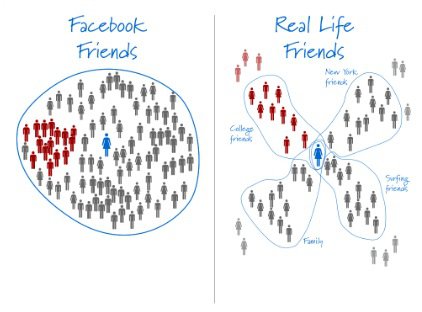Like it or not, the web is undergoing a phenomenal change right now. No longer is it about individual pages, links or how you integrate with websites. It’s about you, your information, your connections and how that information interacts with other websites.
Paul Adams (User Experience engineer at Google) knows this and has released his findings about how we connect with our “friends” using popular social media sites. Turns out it’s not as simple as you’d think. His presentation is a must-read for anyone who is designing user interfaces and works in the social space.
Weighing in at 216 slides, it’s a bit of a biggie. Hang in there, the research that The Goog has done with regards to social influence, online and offline friends, strong vs. weak ties is information that you must be armed with.
Here are some of the highlights…
People have multiple independent groups of friends that form around life stages and shared experiences. (Example: College friends, work friends, family, hobbyists.)
There are three types of social ties: Strong, Weak and Temporary.
The stronger the social tie, the higher they influence us to buy products and services.
Our brains can only keep up with a limited number of weak tie relationships. For most people, that number is 150.
People are increasing their reliance on social networks to make decisions.
Go get a look at the presentation on SlideShare.


Comments